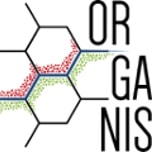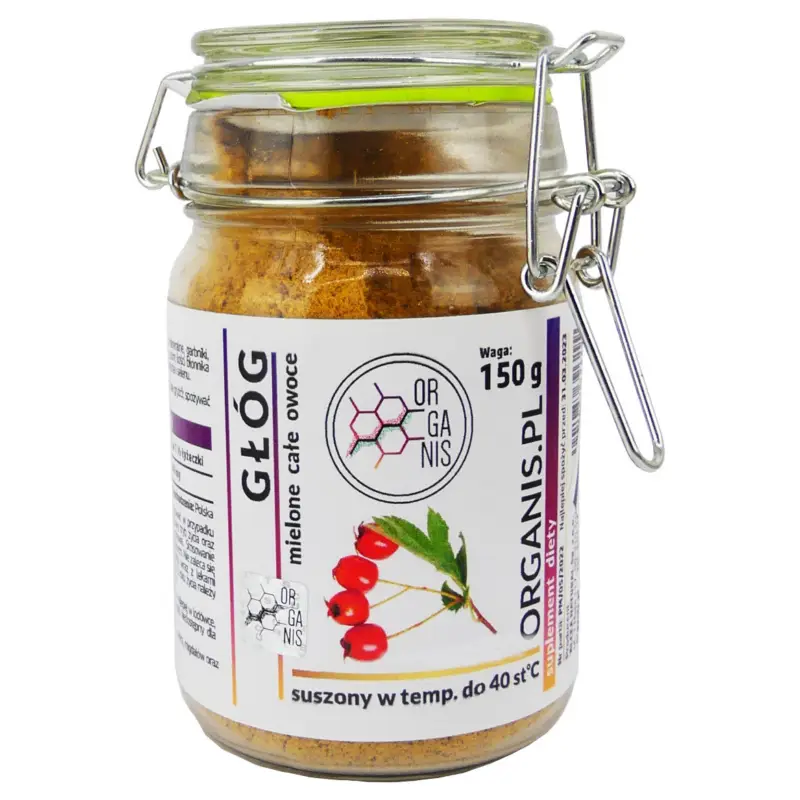ENCYLOPEDIA
Hake
Hare (Crataegus) is a genus of plants belonging to the rosaceae family. Leaves, fruits and flowers of the hive are used to produce medicines and as herbal raw material.
Contraindications and threats:
Hare is safe for most adults when used in recommended short-term doses (up to 16 weeks). It is not known whether the haze is safe for long-term use.
In some people, haze can cause nausea, upset stomach, tiredness, sweating, headache, dizziness, palpitations, nosebleeds, insomnia, agitation and other problems.
Pregnancy and breast-feeding
Little is known about the use of hake during pregnancy and breast-feeding. Stay on the safe side and avoid use.
Cardiac disease
Hare can interact with many prescription medicines used to treat heart disease. If you have a heart disease, don't use the head without your doctor's advice.
Operations
Haematoma may slow down blood clotting and increase the risk of bleeding during and after surgery. Stop using your head at least two weeks before your surgery.
Hare — general description
It is used in heart and blood vessels such as congestive heart failure (CHF), chest pain and irregular heart beat. It is also used to treat both low blood pressure and high blood pressure, "arterial hardening" (arterial atherosclerosis) and high cholesterol levels. Studies have so far suggested that the haematoma may be effective in treating congestive heart failure, but insufficient studies have been carried out on other cardiac applications to know if this is effective for them.
Some people use the hemoglobin for digestive problems, such as indigestion, diarrhoea and stomach pain. It is also used to reduce anxiety as a sedative, increase urinary excretion and menstrual problems.
Hare is also used to treat tapeworm and other intestinal infections.
Some use skin sloping for ulcers, ulcers, and ulcers. Glove preparations are used as wound washing, itching and frostbite.
Talk to your doctor before taking the head if you are taking any medications. He has serious interactions with several prescription medications.
How does the haze work?
The haematoma can help increase the amount of blood pumped out of the heart during contractions, widen blood vessels and increase the transmission of nerve signals.
The haze also appears to have a blood pressure lowering effect, according to early tests. It seems to cause the blood vessels to relax further from the heart. This effect appears to be due to a component of a helm called proanthocyanidin.
Studies suggest that the haze may lower cholesterol, low density lipoprotein (LDL or ‘bad cholesterol’) and triglycerides (fat in the blood). It appears to reduce the accumulation of fats in the liver and the aorta (the largest artery in the body near the heart). Hedge fruit extract can lower cholesterol levels by increasing bile excretion, reducing cholesterol formation and strengthening LDL receptors. It also appears to have antioxidant effects.
Haze – Action and Trivia
Gingival fruit for heart failure
Heart failure is a condition in which the heart is unable to pump enough blood into other organs in the body. The haematoma was extensively studied in patients with heart failure, showing positive results. Research published in Pharmacognosy Review suggests that the fruits of the hazel significantly improve heart function. In fact, the low/non-significant incidence of side effects experienced by patients indicates that the haze is particularly useful in the treatment of stage I and II heart failure.
The Journal of the American Family Physician suggests that a hare can increase the ability of a person to exercise after heart failure. It can also improve symptoms of fatigue and shortness of breath. According to one study, the HG extract (900 milligrams a day for two months) was as effective as the low doses of captopril. Kaptopril is a heart prescription medicine that improves the symptoms of heart failure.
Major studies have shown that the hare was effective in treating 952 people with heart failure, suggesting the University of Maryland. The study compared the treatment of heart failure with conventional drugs with the head itself, as well as the treatment of ging with prescription drugs. After two years, participants receiving gingival supplementation reduced symptoms of heart failure. Palpitation, breathing problems and fatigue have improved significantly when taking the haemoglobin alone or with other medicines.
Heart failure is a serious condition and should never be treated with a gingival. You should consult your doctor first before taking the head.
Angina
A haze can help fight the angina caused by low blood flow to the heart. Research published in The Indian Journal of Traditional Knowledge suggests that the haze expands coronary vessels and improves blood flow. In addition, it strengthens the heart muscles and helps to get rid of excess salt and water.
High blood pressure
Gingival fruits can also be useful for controlling blood pressure. A pilot study from the University of Readings in the UK aimed at exploring the potential for hypotensive extract from head and magnesium. Participants were assigned a daily supplement of either 600 milligrams, 500 milligrams of haze extract, a combination of both or placebo. At week 10, researchers discovered a reduction in resting diastolic blood pressure in subjects who were assigned a gingival extract.
Resistance system
In addition to antioxidants eliminating dangerous toxins from the body, vitamin C in the fruits of the hive also increases the activity of white blood cells to increase overall health!
Hawthorn fruit for anxiety
In many traditional medicines, the fruits of the algae are used for certain psychological conditions, including stress, anxiety, and even depression. During a pilot study in the United Kingdom, in which the haematoma was assessed for hypertension, there was a tendency to reduce anxiety in those taking haze compared to other placebo groups. Hare may affect hormone levels, which would explain why so many cultures of the past thought it was a cure for heartbreak.
Gastrointestinal health
Many organic compounds present in the head interact with the intestinal flora to improve digestion. Additionally, fiber in the head improves the digestion process, helping with constipation, flatulence and cramps.
Gastrointestinal infections
In addition to improving nutrient absorption and elimination of constipation, it is also suggested that haze can help eliminate intestinal infections such as tapeworms.
High cholesterol
Studies show that the haze can lower LDL levels ("bad") of cholesterol and triglycerides in the blood. In an eight-week study in Australia, patients with abnormal amounts of lipids in their blood were treated with fragrant fruits. The study showed that haze fruit simultaneously increases the level of HDL cholesterol in serum and lowers LDL cholesterol. This can reduce the risk of cardiovascular disease.
Increases energy
Many studies show that the haematoma can expand the coronary vessels, allowing more blood to circulate in the body. This means a higher level of energy or vigilance. When the body is properly oxygenated, cognitive abilities are improved, energy levels increase and metabolism can work at an optimal level.
Antioxidant properties
Hedge fruit contains active compounds with antioxidant properties. Antioxidants are substances that purify free radicals that alter cell membranes, inhibit DNA and cause cell death. Free radicals contribute to premature ageing and many other health problems, including heart disease. Antioxidants in the head counteract free radicals and may reduce or prevent some of the damage they cause.
Glazed products:
-
 MIXED HEAD 150g (whole fruit)49.00 zł
MIXED HEAD 150g (whole fruit)49.00 zł




